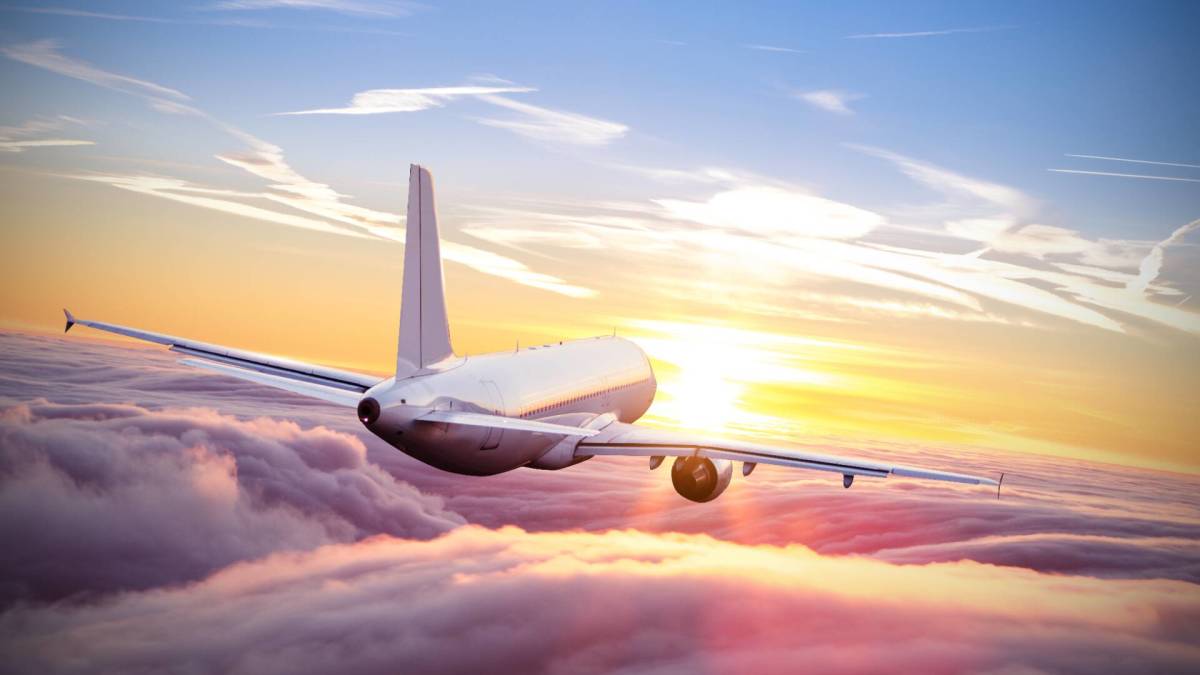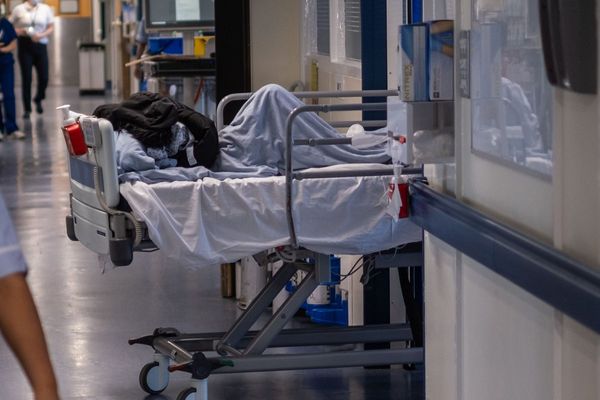
With a large number of people traveling in a confined area and limited space in which to process food, airplanes create a particularly high-risk environment for the spread of foodborne illness.
The most famous food poisoning incident in aviation history occurred in 1975 when 197 people traveling from Alaska to Copenhagen fell ill from Straphylococcus bacteria after eating the in-flight meal of ham omelettes served aboard the Japan Airlines (JPNRF) flight.
Don't miss the move: SIGN UP for TheStreet's FREE daily newsletter
Related: Delta makes big food change for second time after diverted flight
34 passengers on United, Japan Airlines flights hit with food-related illness
While the industry has taken massive strides in advancing food safety standards since then, incidents of group food poisoning still periodically occur on different airlines.
On Nov. 8, 34 passengers across two separate flights travelling to Tokyo from the U.S. territory of Guam were hit with severe food-related illness between boarding and arriving at Narita International Airport.
More on travel:
- Another National Park just made it more difficult for you to visit
- National Park visitor becomes first to get arrested for this in 2024
- The Airbnb/hotel debate is getting very tiresome
As first reported by local Japanese press, 16 aboard Japan Airlines Flight 942 and 18 from United Airlines Flight 873 (UAL) on Thursday night into Friday morning were reported as having landed in Narita with severe food illness. The primary symptom was severe vomiting while 14 of the passengers were ill enough to require hospitalization.
Japan Airlines is currently conducting an investigation into what caused the illness but, as a representative told airport authorities, a preliminary check suggests that it is unlikely that it was any food served on the flight.
United Airlines did not issue an immediate statement on the incident.
Related: Dozens of passengers fall mysteriously ill on the flight home
Here are some other food poisoning incidents on flights
Another recent incident occurred on a July Delta Air Lines (DAL) flight from Detroit to Amsterdam. After dozens of people started reporting feeling ill approximately two hours into the flight, the pilot made the call to divert the flight to New York.
An investigation later determined that the cause was some spoiled chicken in the in-flight meal served to some passengers on the flight, and Delta ended up pulling a similar meal on 75 international flights in the surrounding days as a precautionary measure.
"Out of an abundance of caution, Delta teams have proactively adjusted our in-flight meal service on a number of international flights," an airline representative said at the time, while also apologizing for "the inconvenience and delay" that the situation had caused.
An even more outrageous incident occurred on a Scandinavian Airlines flight from Oslo to Spain’s Malaga; the flight was diverted to Copenhagen after a mouse escaped from a meal that was supposed to be served to a passenger and ran off into the cabin.
While there have not been statistics showing that such incidents are becoming more common than in the past, the egregiousness of some recent ones has led to significant passenger outcry and calls to improve the food served aboard planes and in economy in particular.
“Tracking issues with airline foods can be really difficult, because the people on the plane are probably going to different destinations,” Ellen Shumaker, a director of the Safe Plates program at North Carolina State University, recently told the Washington Post. “It’s hard to remember what you ate, especially when you’re traveling, and it’s harder to trace it back.”
Related: Veteran fund manager sees world of pain coming for stocks







